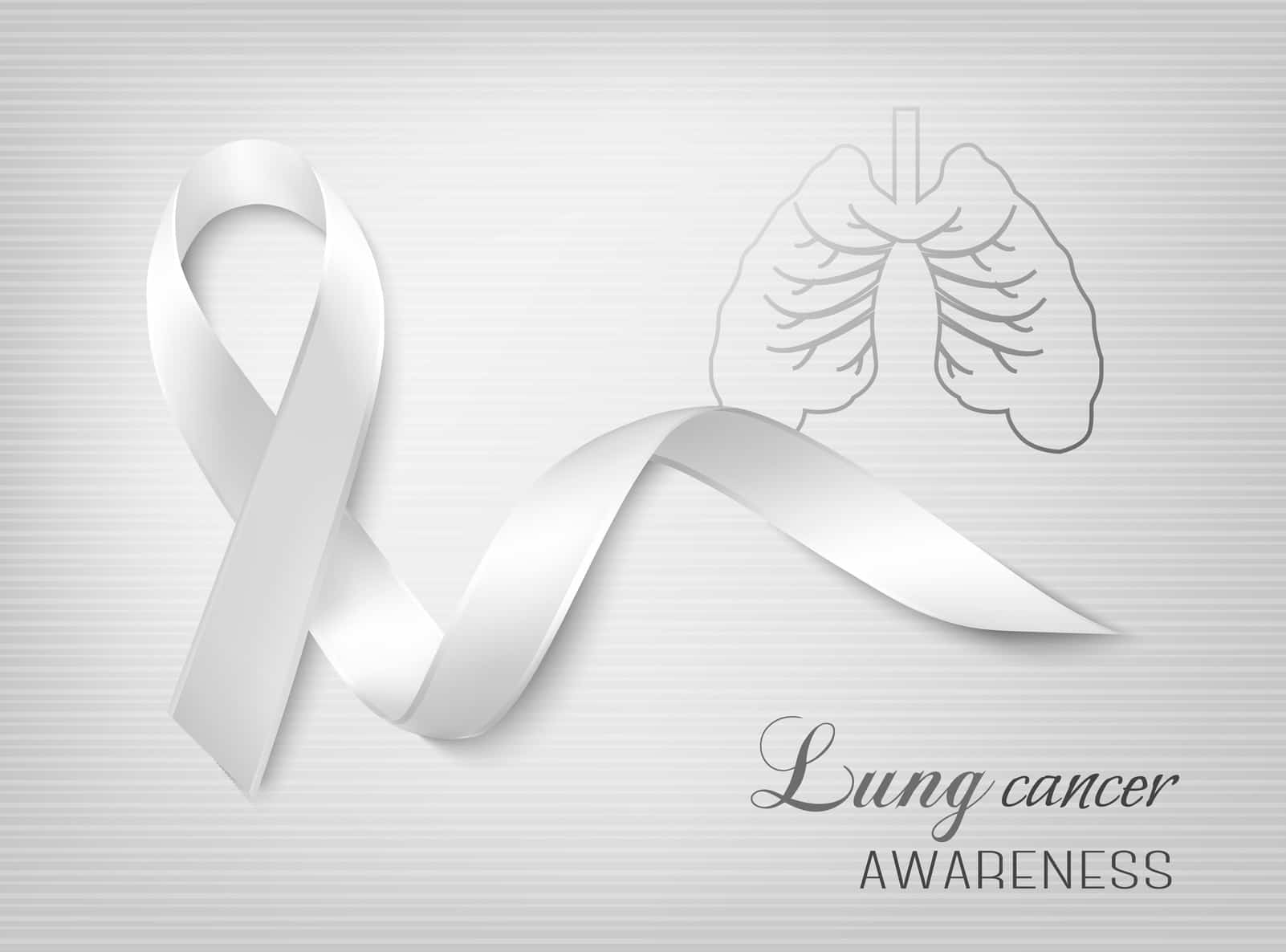

Written by Michaela Straznicka, MD
November is Lung Cancer Awareness Month, and anti-smoking campaigns will start to kick into high gear. Raising awareness is key for smokers and non-smokers to help continue to prevent lung cancer.
There are several possible causes of lung cancer in smokers and non-smokers. Some are unavoidable, but many are environmentally based and decreasing your exposure to them decreases your overall risk.
Smoking
Tabacco smoke is a toxic mix of more than 7,000 chemicals. Many are poisons and at least 70 are known to cause cancer. People that smoke cigarettes, Cigars and pipes are 15 to 30 times more likely to get lung cancer.
Radon gas
A radioactive colorless, odorless, and tasteless gas that occurs naturally in soil and rocks. While not concerning in small amounts, it is dangerous under higher concentrations. You can buy testing kits for your home if you live an area with higher than average Radon levels in the soil.
DNA mutations
Mutations are random changes in your DNA caused by a mistake your body made, or an environmental factor like pollution. Interestingly, non-smoking lung cancer patients have more DNA mutations in their tumors than smoking patients.
Second-hand smoke
In small amounts, second-hand smoke can be harmless. If you live with somebody who smokes, make sure they do so outside, as repeated and prolonged exposure can increase your risk.
Toxic chemicals
Asbestos, diesel fumes, or any toxic chemicals that you might breathe at home or at work can increase your risk.
Chest radiation
Make sure you are wearing appropriate protective gear during x-rays, and talk to your doctor if you have had numerous x-rays, as cumulative radiation can be harmful.
High air pollution levels
The toxic chemicals and smoke mentioned above, as well as pollutants like factory fumes affect both the air and your lungs as you breathe
Genetics
Sometimes lung cancer appears in multiple family members, suggesting there may be a genetic link. However, doctors and scientists have yet to pin down the exact gene, so there is currently no test for it. If a first degree family member has been diagnosed with lung cancer, you may be at higher risk of being diagnosed than the standard population.
Signs and Symptoms of Lung Cancer
The following apply to both smokers and non-smokers. Lung cancer can at first feel like bronchitis or asthma, and is sometimes misdiagnosed as such.
- Shortness of breath
- Hoarseness
- Wheezing
- Persistent cough
- Coughing up blood
- Chest pain
- Unexpected weight loss
- Bone pain
- Headache
If you experience any of these symptoms, schedule an appointment with your primary care physician so that they can arrange for an appropriate screening.
Screening
Screening is “performing a test to search for a disease prior to the development of symptoms in a population that is expected to be at risk.”
The only approved screening method for lung cancer is a non-contrast, low dose CT scan of the chest. Patients are eligible under Medicare for lung cancer screenings if they meet the following criteria.
- Men or Women between the ages of 55 to 77 years who are:
- Current or former smokers, with a least a 30 "pack years" smoking history (an average of 1 pack a day for 30 years)
- Former smokers who have quit within the past 15 years
- Patients who do not have symptoms of lung cancer
You may also qualify for the International Early Lung Cancer Action Program (I-ELCAP) screening if you do not meet the criteria for the Medicare guidelines. There are over seven screening sites in California and patients must meet the following criteria:
- Men or Women Age 40-80
- Current or former smoker with a minimum of 10 pack year history (equivalent of 1 pack/day for 10 years, ½ pack/day for 20 years, 2 packs/day for 5 years)
- Smokers or Nonsmokers with workplace exposure to radon gas or asbestos
- Family History: Primary relative with lung cancer
- Has a PCP to receive the results of the low-dose CT scan and order further diagnostic treatments as recommended
Please discuss with your physician if this is an appropriate step to take. There are risks and benefits to any test performed, and these need to be carefully considered. Most commercial payers follow the same guidelines as Medicare. There are no currently approved screening tests for non-smokers
Smoking Cessation
Cigarette smoking is the number one risk factor for lung cancer. Quitting smoking is the first step in reducing your chances of getting lung cancer. You don’t have to do it on your own. American Cancer Association, Lung Cancer Alliance and Great American Smoke Out are just a few organizations that can help you through this process.
While quitting smoking will reduce your chances of lung cancer, it will also help reduce cardiac risks, COPD and head and neck cancers.



